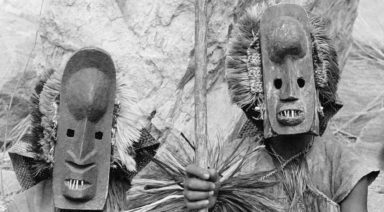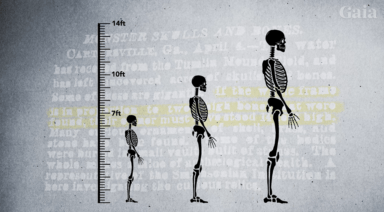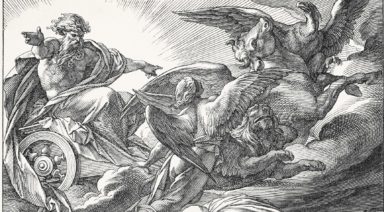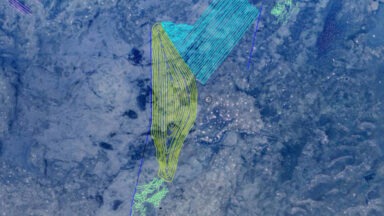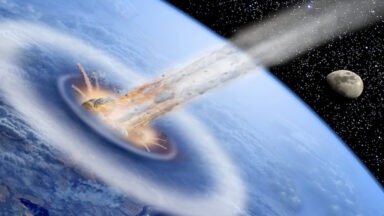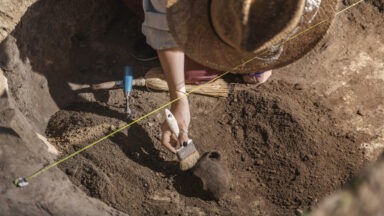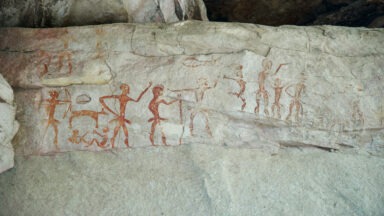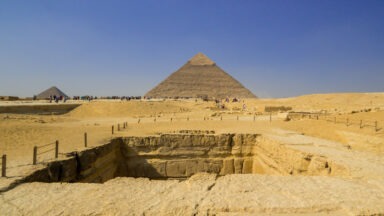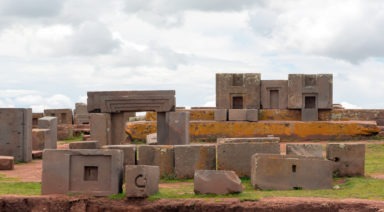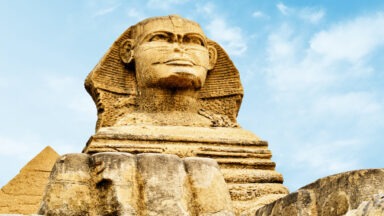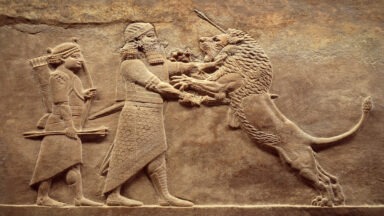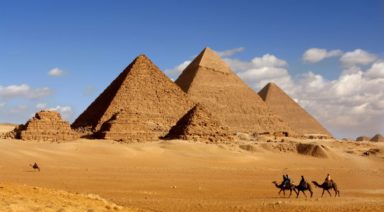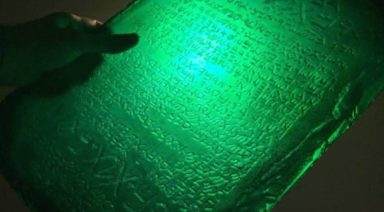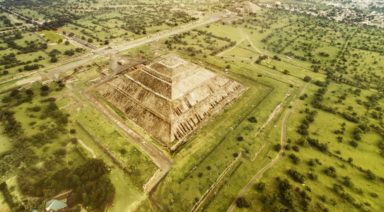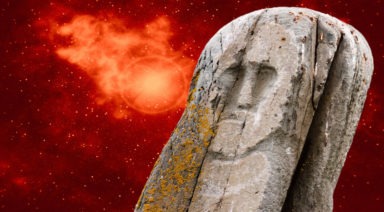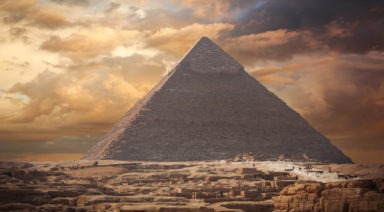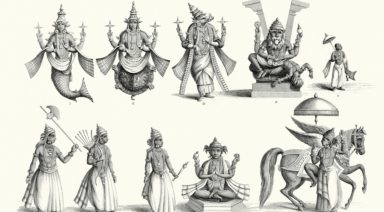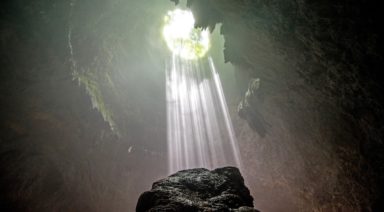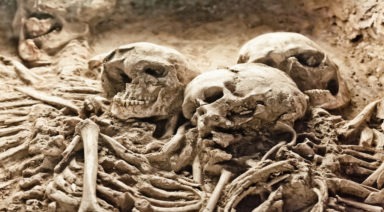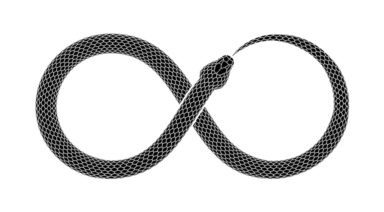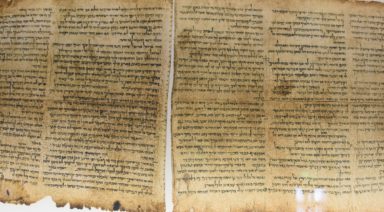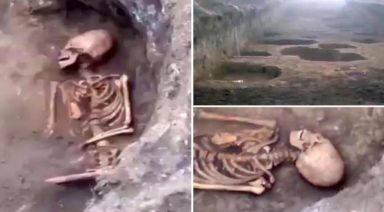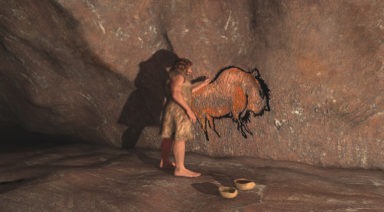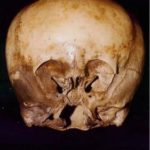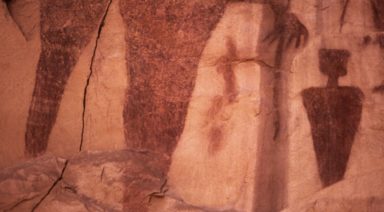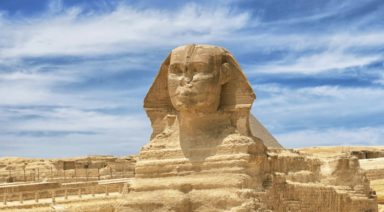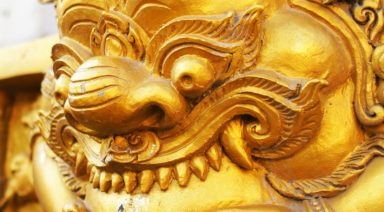Asteroid That Killed Dinosaurs; Would You Exist If It Hit Anywhere Else?
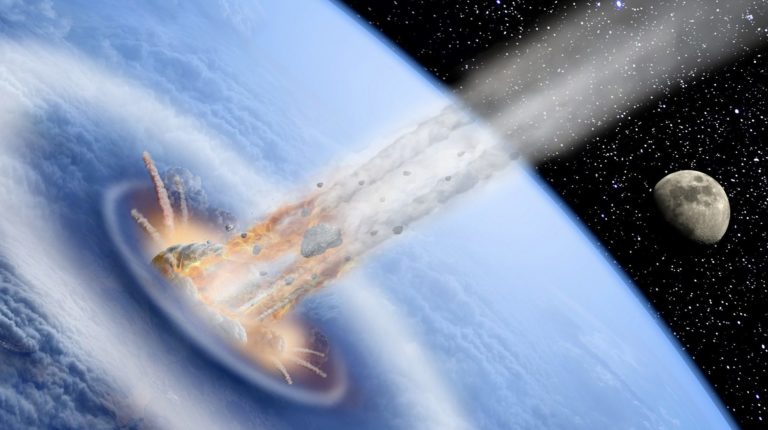
About 66 million years ago, an asteroid slammed into the Mexican Yucatan Peninsula at a speed of about 54,000 mph. Massive tsunamis, several-hundred-feet-tall, washed across North and South America wiping out almost all land-faring creatures. Fiery rock fragments rained from the sky, and the atmosphere filled with soot, blocking the Sun for weeks to come. But as it turns out, if this asteroid that killed the dinosaurs had hit the Earth as little as 30 seconds earlier or later, the event might not have been as cataclysmic, and the dinosaurs may not have gone extinct.
What Killed the Dinosaurs?
Where Did the Asteroid That Killed the Dinosaurs Land?
The Chicxulub crater on the tip of the Yucatan Peninsula in Mexico, is the site where the 9-mile-wide asteroid hit, wiping out the dinosaurs. Upon impact, it hit the Earth with a force 10 billion times that of the nuclear bomb dropped on Hiroshima during WWII. The earthquake created by this impact would have been 1000 times more intense than any earthquake ever recorded in modern history.
A large amount of heat was released when it struck, but in the weeks to come global temperatures dropped between 14-18 degrees Fahrenheit. On land however, temperatures dropped up to 29 degrees Fahrenheit, due to mass amounts of dust and gas that became trapped in the Earth’s atmosphere, blocking out the Sun and eventually killing off the rest of the dinosaurs.
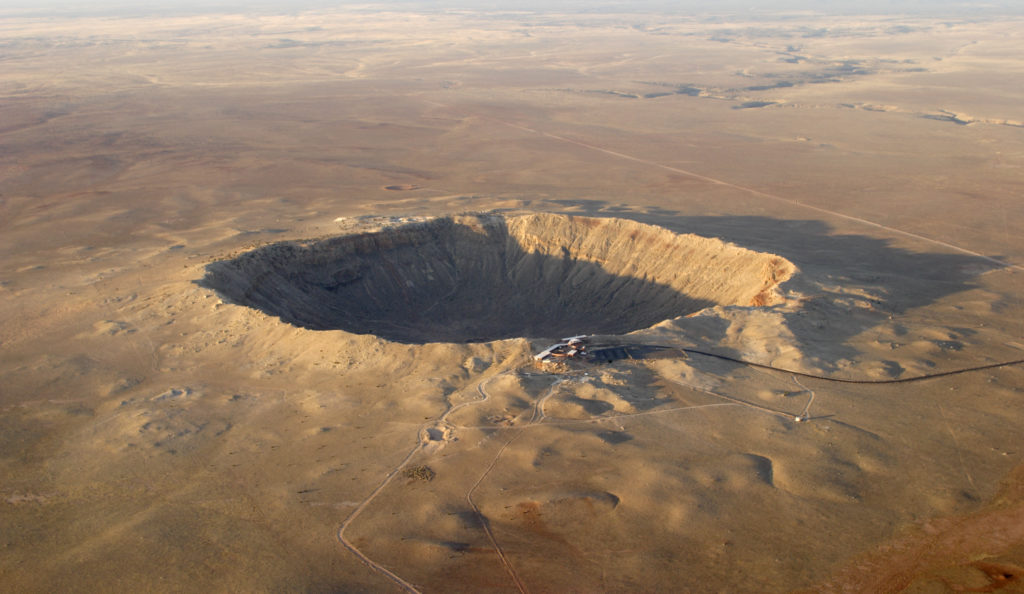
There are two parallel theories about what actually caused this nuclear winter, but both agree that the rare site of impact was what lead to it. This area of sedimentary rock was either sulphur or oil-rich, and areas like these are only present on 13 percent of the Earth’s surface. This means that there was an incredibly narrow window for that asteroid to land where it did, with 87 percent of the Earth’s surface area available for an impact that would not have caused the mass extinction.
There is also plenty of evidence of other large asteroids striking Earth around that time which didn’t lead to a mass extinction, making the timing of this asteroid all the more extraordinary.
What If the Asteroid That Killed the Dinosaurs Missed?
We are bombarded by asteroids and meteors all the time; the most recent destructive instance was in Russia in 2013, in the form of a meteor from a 65-foot, near-earth asteroid. The Chelyabinsk meteor injured 1,500 people and led to tens of millions of dollars in damage, making it the largest and most destructive impact of the century – and it didn’t even hit the ground.
Meteors this size are rare and even larger ones, like the one that killed the dinosaurs, only come around every few million years. Individually, we have 1: 250,000 odds of dying from a meteor strike, and even then, the chance of a meteor hitting land is very slim with 71 percent of Earth’s surface being covered by water. But while most meteors burn up before hitting the Earth, atmospheric impacts can still be destructive.
So, what would have happened if the asteroid didn’t cause the dinosaur apocalypse? Would they still be around today? Would it have impeded our evolution as a species or would they still have gone extinct?
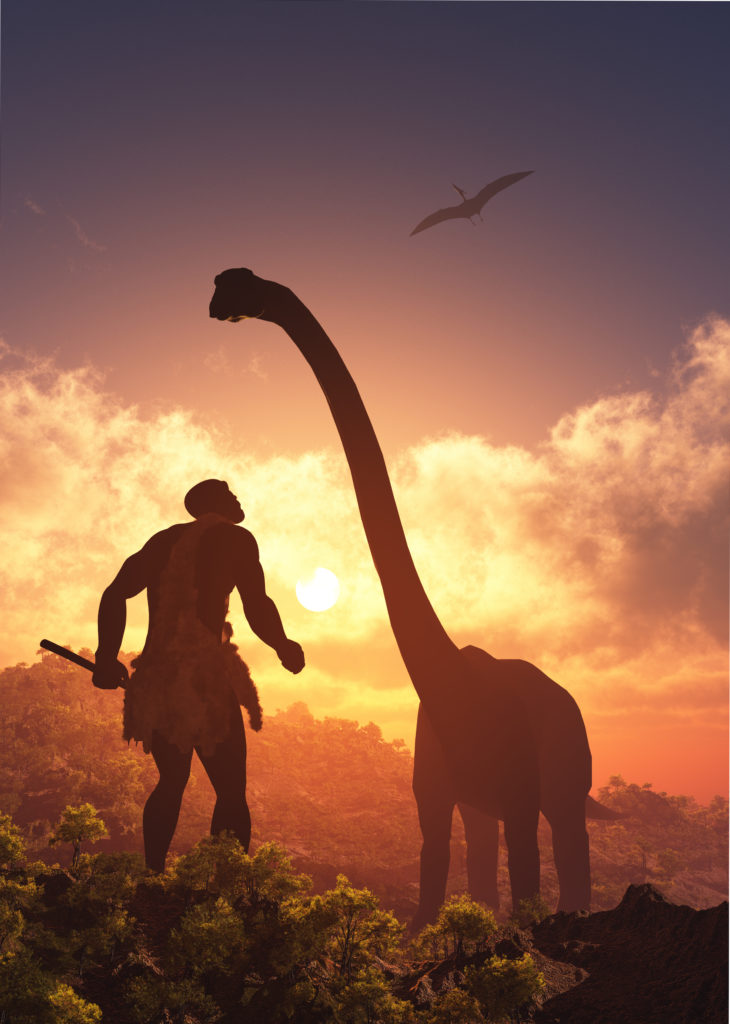
That question is debatable with some scientists believing these prehistoric creatures were already on a path to extinction. The cooling temperature of the Earth could have prevented some species from continuing on, while other species may have survived. Though, some scientists believe certain species of dinosaurs were adapting to the cooler temperatures by shrinking in size.
Was the Impact a Coincidence?
With the precise moment and location that the asteroid hit the Earth, in one of the worst imaginable spots, it could be interesting to entertain the theory that maybe the impact was intentional, if not just highly coincidental. This idea falls in line with the concept of directed panspermia, the theory of an advanced alien race that intentionally seeds a planet with the building blocks of life. Could a highly advanced species have recognized that our planet had the necessary environment to harbor life, but that the dinosaurs would have posed a major impediment to our evolution?
Or to take less of an extraterrestrial creationist position, is there a possibility that the asteroid came from a planet or solar system where life existed, carrying microorganisms to seed Earth? This type of theory is actually accommodated by more mainstream views. In fact, it has been proven that the asteroid strike catapulted rocks capable of containing lifeforms to the far reaches of our solar system, possibly landing on Mars and habitable moons of Jupiter. While this type of biological seeding between planets in a solar system is likely, intergalactic panspermia would be a bit more difficult.
There is ample evidence that shows large, meteoric impacts likely brought the building blocks of life to Earth, over 4 billion years ago. Bacteria, sugars and amino acids could have hitched rides on these space rocks, crash landed on Earth, and germinated the planet. If these planets, moons, or other celestial bodies contained frozen water, the impact could have melted the ice, creating a habitable environment for life to incubate.
Could the asteroid that killed the dinosaurs have fit somewhere between these two hypotheses? Or was it all merely coincidental?
Doom of the Dinosaurs
Was the Sirius Star System Home to the Dogon African Tribe?
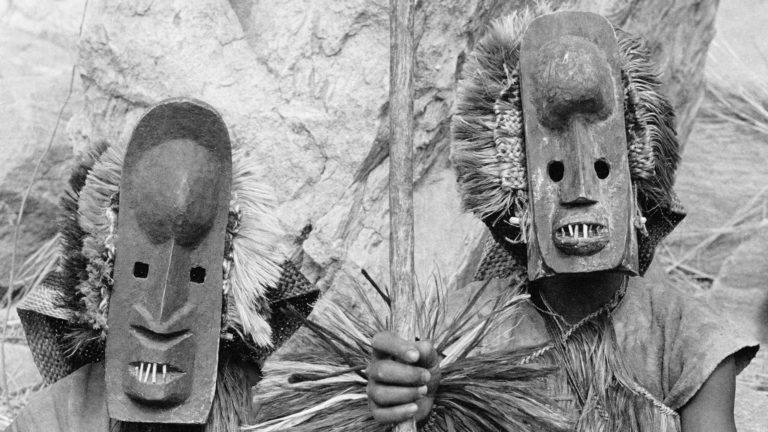
The mythology and folklore of indigenous people is often written off as exactly that – legends and parables used to remember elders and teach younger generations lessons about morality. But what about a tribe whose lore gives a precise location of astronomical bodies and phenomena that aren’t discovered by modern science for hundreds of years?
The Dogon are that tribe, and they have known for centuries that their ancestors are descendants of a species from the Sirius star system eight and a half light-years away.
Knowledge of the Hidden Star Sirius B
The Dogon inhabit an area of Mali called the Bandiagara Escarpment, a stretch of sandstone cliffs nearly 100 miles long, reaching up to 1,500 feet high. Taking advantage of the area for its natural protection, the tribe built their homes on the side of the cliffs during the 3rd century B.C. and have remained there since. But it wasn’t until the 1930s that French anthropologists discovered their strangely advanced astronomical knowledge, despite maintaining a very primitive lifestyle.
Although the Dogon live in an area more than 2,000 miles from Egypt, they have a history that appears to have some intriguing connections with its famed, ancient lineage that hinted at some connection to the stars.
Upon studying the Dogon tribe, anthropologist Marcel Griaule learned of their obsession with the Sirius star system. While Sirius A is visible to the naked eye, its companion white dwarf, Sirius B, was not discovered until the 1950s with an advanced telescope. The Dogon, however, were well aware of its presence, as well as its orbital period, describing its existence before it was confirmed years later.
The Dogon are incredibly familiar with the system, where a race of beings from Sirius was purported to have traveled from, imparting their knowledge upon the tribe hundreds of years ago. These beings, known as the Nommos, were amphibious beings, coming from the same star system as the Egyptian god, Isis.
The Dogon also claim that there is a third star in the Sirius system that has yet to be discovered, and gravitational observations might prove their claim to be true. Were the Dogon visited by spiritual beings or ancient astronauts? Or did the anthropologists who first studied them carry out an elaborate deception by giving them astronomical insight to regurgitate in front of a camera?
Knowledge Preceding Modern Science
Carl Sagan weighed in on his take of the Dogon tribe and their supposed celestial cognizance by disavowing the idea that it could have come from otherworldly beings. The Dogon were aware of Jupiter’s moons and Saturn, along with its rings, but Sagan said that their lack of awareness of any other planets in our solar system was evidence that they were only reiterating a few pieces of knowledge given to them by their interaction with French anthropologists.
However, Sagan’s cursory analysis of the Dogon did not touch upon the fact that their knowledge of the Sirius star system was represented in 400-year-old artifacts, nor did he acknowledge their understanding of subatomic particles and their theory of the universe’s creation that was similar to the Big Bang.
The Dogon were also very aware of our location within the Milky Way Galaxy and knew of the state of Sirius B, being an incredibly dense and dying star. This curiosity also led them to make further discoveries regarding human anatomy, long before Western discoveries were made.
So, who were these Sirius Star aliens that this enigmatic tribe met more than 600 years ago? The Dogon refer to them as the Nummos or Nommos, beings that were mostly aquatic, but were also mobile on land. They appeared only to a small sect of the Dogon tribe, because extensive contact with humans would have a negative impact on their well-being. In some accounts, the Dogon speak of the Nommos as being non-physical.
Every 60 years, when Sirius appears between two mountain peaks marking a cycle in its orbit, the Dogon hold a celebration, called Sigui. Leading up to the celebration, the younger men of the tribe sequester themselves from the rest of the group for a few months. During this time, they speak in a secret language. Sigui itself can last for long periods of time; the most recent celebration lasted six years.
During these celebrations, the Dogon’s knowledge is passed on to future generations, but there is supposedly secret information regarding their knowledge that has not left the tribe.
Strange connections with other civilizations
Amphibious, god-like beings appeared in other ancient cultures outside of the Dogon. Ancient civilizations from Babylonia to Greece, and even Slavic nations depicted aquatic beings in their mythology. One interesting connection that some have drawn with the Dogon is that of the Dogū in Japan. Alternative theories point to statues of the Dogū, whose name is similar to Dogon, that resemble an astronaut or being in a spacesuit.
The Dogū are thought to have arrived in flying ships, bringing written language and many aspects of civilization to the Japanese. Interestingly, in ancient Mesopotamian lore there is a deity known as Dagon or Dagan, depicted as a merman or fish god – this depiction can also be seen in the Hebrew Bible.
But the Dogon’s connection with Egypt is the most intriguing, and an argument in their defense from the criticism of Sagan and pragmatists. The language that the Dogon use to describe the Sirius star system consists of ancient Egyptian words that have not been used for centuries. Other similarities between the two cultures can be seen in the way they organized their civilizations, such as the creation of an upper and lower kingdom and a 360-day calendar. The Dogon do not have a written language to this day, and continue to pass down their history to select members of the tribe by word of mouth.


